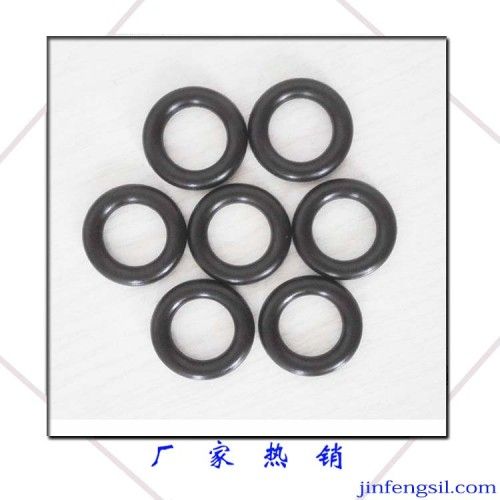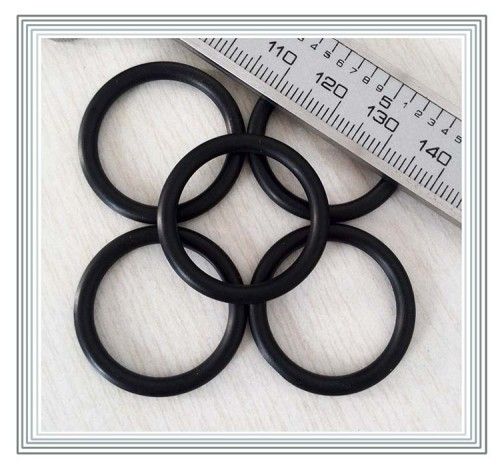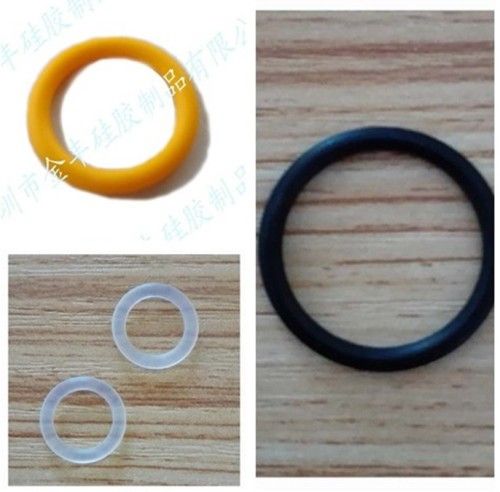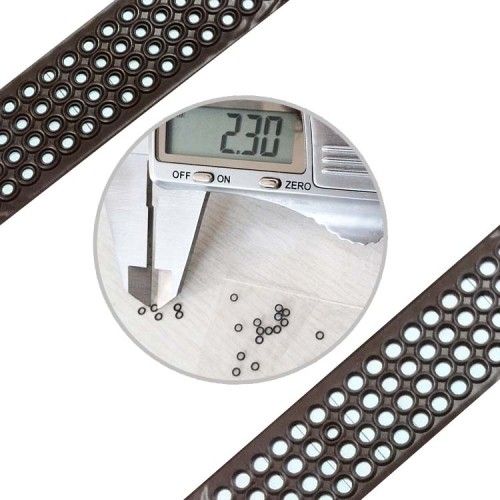- Marketplace
- Merchants
- Restaurants
- UAE house
- Cloud accounting (GCC VAT)
- Me
- Cart
- My order
- Address book
- Favorite
- Link
- About us
- Download App
- 中文
- Merchant panel
Shenzhen Jinfeng supply oil-resistant rubber O-ring

Tips: Product pictures are for reference only, not as a basis for quotation, detailed specifications, please consult the price before the next single, thank you!
| O-rings O-rings are rubber seals with circular cross-section, which are called O-rings because of their O-shaped cross-section, so they are called O-rings. Century, when it was used as a steam engine cylinder seal components. |
| Basic Information |
| Medium: air, water, mineral oil. |
| Material: nitrile rubber, silicone rubber, fluorine rubber, EPDM rubber and so on |
| Performance: oil, sealed |
| Applicable temperature: -40 ~ 250 ℃ |
| Hardness: 30-90 degrees |
| Color: transparent, white, black, red, yellow, green |
| O-ring specifications |
| O-ring specification models are UHSO-ring specifications, UHPO-ring specifications, UNO-ring specifications, DHO-ring specifications, |
| O-ring piston rod specifications, high temperature O-ring, high pressure O-ring, corrosion-resistant O-ring, wear-resistant O-ring. |
| Product hardness: HS85 ± 2 ° A Operating temperature: TPU: -40 ~ +80 ℃, CPU: -40 ~ +120 ℃ Working pressure: ≤ 32Mpa Working medium: hydraulic oil, emulsion. |
| use |
| For reciprocating hydraulic cylinder in the piston rod seal Application: TPU: general hydraulic cylinder, general equipment, hydraulic cylinder. |
| CPU: engineering machinery with high-temperature hydraulic cylinders and high-pressure cylinder. |
| Material: Polyurethane TPU, CPU, rubber Product hardness: HS85 ± 2 ° A Operating temperature: TPU: -40 ~ +80 ℃ CPU: -40 ~ +120 ℃ |
| Working pressure: ≤ 32Mpa, working medium: hydraulic oil, emulsion. |
| O-ring sealing performance, high working life, dynamic pressure seal service life than conventional rubber sealing products 5-10 times higher, up to several times, in some conditions can be sealed with the same substrate life. |
| O-ring friction resistance is small, static and dynamic friction equal to '0' -shaped rubber ring friction of 1 / 2-1 / 4, can eliminate low-speed, low pressure movement of the 'crawling' phenomenon. |


